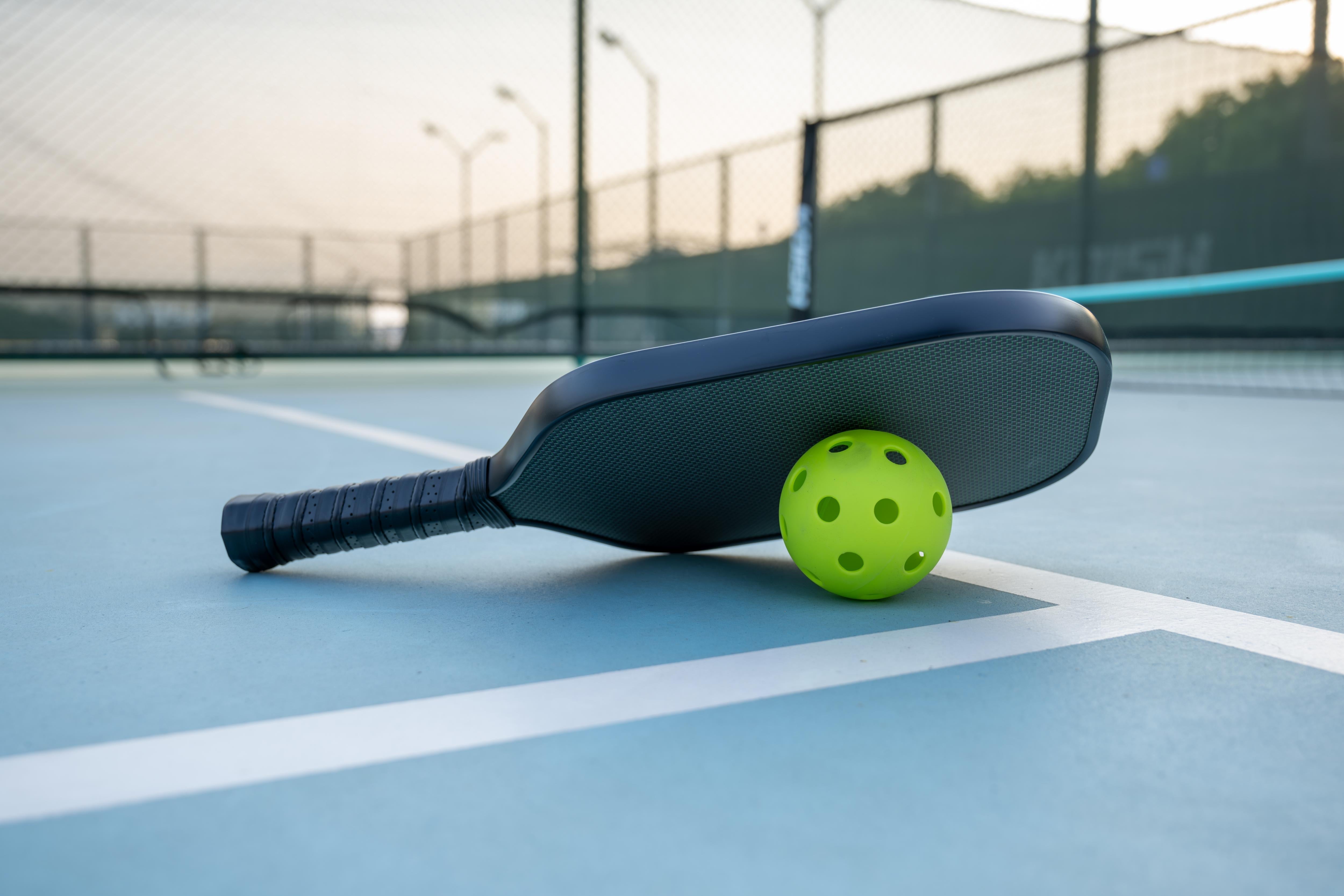
Top 10 Pickleball Terms Every Beginner Should Know
Summary
If you're just getting into pickleball, you'll quickly realize the sport comes with a language of its own. What’s a dink? What’s a kitchen—and no, it’s not where you make sandwiches. To help you get in the game (and sound like you belong), here’s a quick guide to the top 10 pickleball terms every beginner should know.
1. The Kitchen (Non-Volley Zone)
The kitchen is the 7-foot area on both sides of the net where you’re not allowed to hit a volley—that means hitting the ball out of the air without letting it bounce. You can only enter the kitchen to play a ball that has already bounced.
🔑 Tip: Stepping into the kitchen and volleying the ball is a fault and losing the rally.
2. Dink
A dink is a soft shot that barely clears the net and lands in the opponent’s kitchen. It’s designed to slow down the game, forcing your opponents to move in and play with finesse rather than power.
🎯 Why it matters: Dinks are essential in building control during long rallies and setting up winning opportunities.
3. Serve
All points begin with a serve that must be hit underhand and diagonally across the court into the opponent’s service box. The ball must clear the net and land within the lines.
⚠️ Note: Only underhand serves are legal in pickleball. Overhand = fault.
4. Volley
A volley is when you hit the ball in the air before it bounces. This move is common when you're near the net—but remember, not in the kitchen!
💡 Pro tip: Volleying allows you to put pressure on opponents and shorten the rally.
5. The Two-Bounce Rule
The two-bounce rule means the ball must bounce once on each side of the court after the serve before anyone can hit a volley. That means:
-
The receiver must let the serve bounce.
-
The server’s team must let the return bounce.
This keeps the game fair and prevents serve-and-volley domination.
6. Fault
A fault is any mistake that ends the rally, such as:
-
Hitting the ball out of bounds
-
Failing to clear the net
-
Volleying from inside the kitchen
-
Violating the serve rules
Faults result in loss of point or loss of serve.
7. Let Serve
A let serve used to be a do-over, but not anymore. If your serve hits the net but still lands in the correct service box, the ball is live and must be played.
⏩ Keep playing—even if the serve clips the net.
8. Erne
An Erne is a flashy move where the player jumps or steps outside the court near the kitchen to legally hit a volley close to the net—without stepping into the kitchen.
🚀 It’s aggressive and exciting—but takes good timing and positioning.
9. Side Out
“Side out” means the serving team has committed a fault and now the serve switches to the other team. In doubles, both players get to serve once before the side-out occurs (except at the very beginning).
🧠 Important: Only the serving team can score points in traditional pickleball.
10. Third Shot Drop
The third shot drop is a soft, arcing shot hit by the serving team after the return of serve. It’s meant to land in the opponent’s kitchen, giving the serving team time to move up to the net and neutralize aggressive returns.
🎓 Mastering the third shot drop is a key milestone in becoming a strategic player.
🏁 Final Thoughts
Learning pickleball terms isn’t just about sounding cool on the court—it’s about understanding the flow of the game and making smarter decisions. Whether you're trying your first dink or stepping up to serve, knowing the lingo helps you feel more confident and connected.
At Joysent, we believe that great gear and great knowledge go hand in hand. That’s why we’re here to help you grow every step of the way—from your first rally to your first tournament.
Previous post
Footwork Matters: How Movement Affects Your Game More Than You Think
Next post








